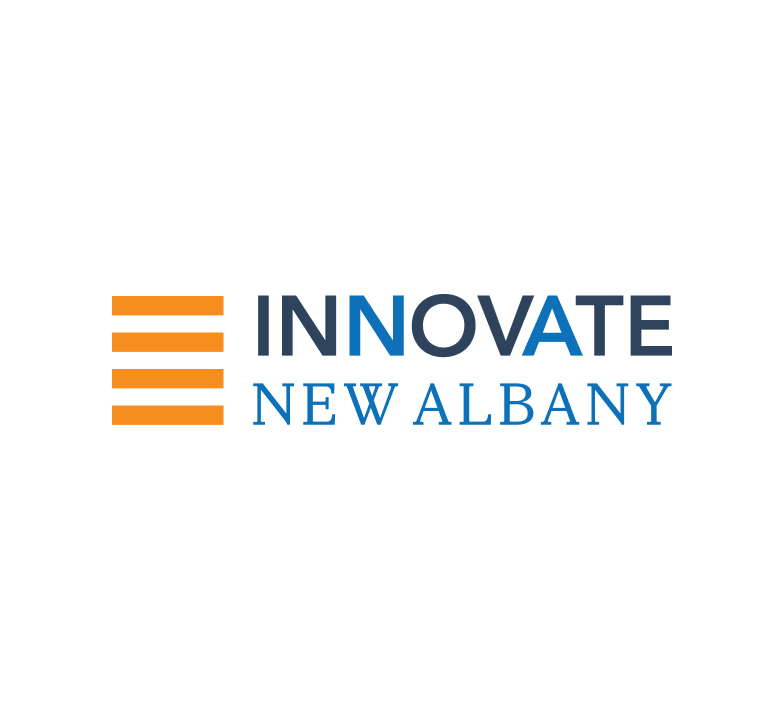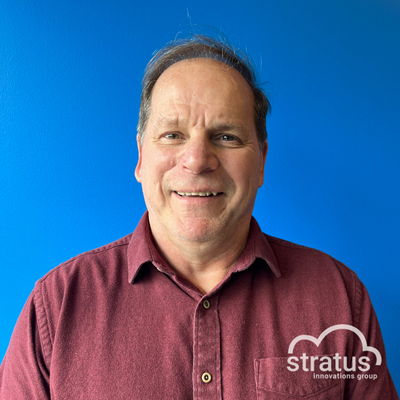Networking is not a passive activity. It is never effective when you “hole up” in your office or home and hope that opportunity, information, and contacts will find you. Networking simply does not work that way (at least not very well).
Effective networking — whether to innovate an aspiring enterprise or for personal growth — is about getting out of that big comfy chair and casting yourself among others.
Where you go is less important than that you go somewhere. Yes, there are activities dubbed as “networking events,” but networking is not limited to them. Networking is really everywhere. It is at the business afterhours, at the PTA meeting and talking with your neighbor.
Moreover, whom you interact with is less important than that you interact with someone. Yes, hob-knobbing with that local business icon sounds productive and appealing. And it can be, but so can interacting with the person in transition. Truly, every contact has opportunity.
What is of paramount importance in networking is when you do it. Your “when” should be now (or as soon as you are done reading), as nothing good comes from waiting. Your “when” should be at every opportunity, as a missed opportunity is a lost opportunity. Your “when” should be continually, as effective networking is really a lifelong pursuit.
All that sounds right, doesn’t it? Absolutely! Intuitively, it makes sense. But where is the definitive scientific proof that it is right?
Here is some: In The Living Company: Habits for Survival in a Turbulent Business Environment, consultant and author Arie de Gues shared that the United Kingdom has a longstanding milk distribution system in which milkmen deliver milk in bottles to each country house. At the beginning of the 20th century, these milk bottles had no top, giving birds easy access to the cream that rose to the top.
Two different species of British garden birds, the titmice and the red robins, most capitalized on this opportunity. Each species learned to siphon off cream from the bottles, tapping this rich food source.
In addition to being unsanitary, these birds were stripping milk of its vital nutritional value. This prompted dairies in the 1940s to start installing aluminum seals on milk bottles, effectively preventing the birds from getting at the cream.
This only worked for a short while, though. One by one, titmice learned to pierce this weak defense. Before long, the entire titmouse population was only mildly inconvenienced by the aluminum caps.
The same was not true of the robins, however. As a species, they never learned how to get around the bottle cap. Certainly, here and there, one robin would be fortunate enough to figure it out, but as a whole, the species was foiled (no pun intended) from getting at the milky cream.
Why? After all, the robin and the titmouse are very similar birds in size and physical characteristics. The difference was in how the birds interacted within their own species.
Robins are individualistic birds, self-serving and territorial. Rather than cooperate with one another, when a fellow robin comes near, the other robin will chase it off.
Titmice, on the other hand, are communal birds, relying on one another heavily for survival. They stick together in tight groups of at least eight to ten. As such, they are able to cooperate and collaborate together, quickly learning what works and what doesn’t for one another.
Because of their mutual dependencies, they have an efficient social process in which they are able to adapt to changing conditions and learn from each other. In short, the titmice almost universally prevailed against the aluminum caps because they learned from one another, as is their way.
On the other hand, while an occasional robin might have gained access to the cream, the successful birds never shared the information with others. Thus, as a species, robins failed to capitalize on this change in circumstances.
Thus, the case of the British titmouse (as compared to the red robin) demonstrates one of the many powers of networking with one another. When you network, you obtain information and you learn techniques. You discover ways to get around obstacles. You conquer your goals that much more easily.
Frank Agin, President & Founder, AmSpirit Business Connections







